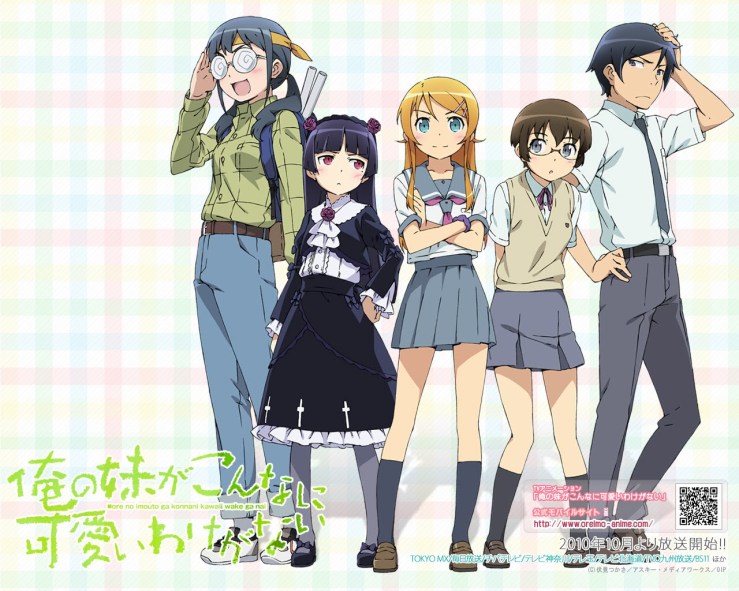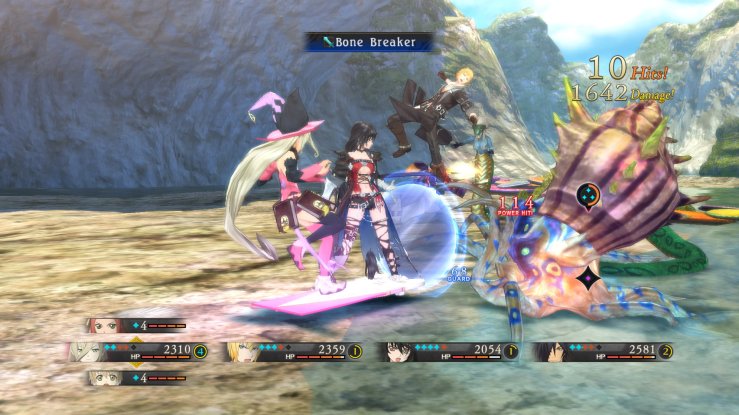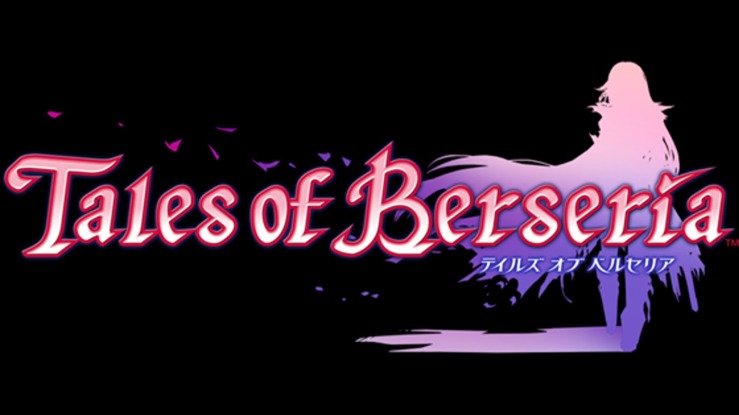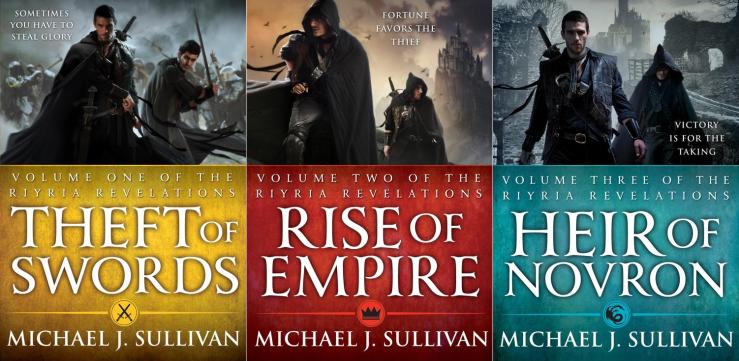Usually, anime fans are a peaceful bunch. However, whenever their waifu is concerned, they are suddenly aggravated, for reasons that other people don’t understand. I’ve only picked three anime for this category, and they all belong to drastically different genres. There are mecha, love comedy, and love triangle shows. They all point out to the one truth, though. That is, as otaku, if two people have different waifus, there are no way they get along!
True tears
MAL score: 7.5 (link)
TV (13 eps)
Summary: Living under the same roof with the girl he has a crush on should be a dream for Shinichirou, but the reality is closer to a nightmare. At school, Hiromi is bright, athletic, and popular. But at home, she is a completely different person. She is cold and distant.
One day at school, a weird girl named Isurugi suddenly takes an interest in Shinichirou. She loves raising chickens, especially Raigomaru, who she is convinced can fly. Thus begins a strange relationship where Shinichirou helps to resolve her problems, while he tries to figure out his own feelings toward the strange girl, Hiromi, and his childhood friend, Andou Aiko…
Comment: Are you constantly bothered by the fact that the childhood friend heroines lose 99% of the time in the anime world? Well, look no further!
Even though True tears is limited by its high school setting, it does its job well despite of that and provide us with a pretty good teen romance show that has solid portrayal of characters’ subtle emotions. If you like love triangle shows, this just might be your thing.

Macross Frontier
MAL score: 8.0 (link)
TV (25 eps)
Summary: In the year 2059, a young pilot trainee named Alto Saotome and his colleagues are preparing to perform an accompanying routine for the famous singer Sheryl Nome. During the performance, an alien species known as the Vajra make a sudden appearance, crash-landing near the concert venue, plunging the entire city into chaos. As the concertgoers evacuate, a young girl named Ranka Lee is left behind and gets targeted by the Vajra, but she is saved at the last minute by Alto. Following these events, the Strategic Military Services program notes Alto’s skill in battle, resulting in his recruitment to combat the new alien threat.
Comment: Nowadays, interest in mecha anime is dwindling. There are probably only two things that help us remember this show. It is one of the few anime that managed to sell 40,000 hard discs on average, and it is also the supplier for a certain meme. Well, we will talk about that later.
Macross Frontier tells a stand-alone story in the expansive Macross franchise. There are several classic anime series that came before, and afterward (bad) shows like Macross Triangle would still come out. While the plot in Macross F is not extraordinary, it has an excellent pacing that make us engage with the story. Moreover, I bet you won’t believe this is a show from 2008 based on its animation alone. The awesomeness of watching giant mecha making fireworks in space, along with the heroines passionately singing, will certainly give mecha fans a unforgettable experience.
I digress. This is a best girl contest, right? So I will talk about the heroines. First heroine, Sheryl, a galactic star, tsundere yet honest, also loves MC very much. Second heroine, Ranka, a deput star, cute, and is willing to work hard for her dream of becoming a singer. Did I forget to mention that she also love MC very much? This kind of multiple choice question has troubled millions of male anime protagonist, however, Alto-kun was able to resolve this situation with ease.
After all, “You two are my wings.” That’s what he said.

Macross Frontier
MAL score: 7.6 (link)
First Season + ONA (16 eps), Second Season + ONA (16 eps)
Summary: Kirino Kousaka embodies the ideal student with equally entrancing looks. She works as a professional model alongside her best friend Ayase Aragaki, who abhors liars and all things otaku. But what Ayase doesn’t know is that Kirino harbors a deep, entrenched secret that will soon be brought to light.
At home one day, Kyousuke, Kirino’s perfectly average brother, stumbles upon an erotic game that belongs to none other than his seemingly flawless little sister. With her reputation at stake, Kirino places a gag order on her sibling while simultaneously introducing him to the world of eroge and anime. Through Kirino, Kyousuke encounters the gothic lolita Ruri Gokou and the bespectacled otaku Saori Makishima, thus jump-starting an entirely new lifestyle.
Comment: Without a doubt, oreimo looks like your typical harem anime. While that is a large part of what it is, it also uses this cliched setting to delve into a social commentary of otaku lifestyle. It goes without mention that this is a highly controversial show. The best girl contest among the heroines (which is HUGE at the time) was part of it, but it also because oreimo covers some sensitive topics within the otaku culture. At its conclusion, the author brought us a shocking ending, and no matter if you come to despise or like it, it is a conclusion that makes you remember this show.


















